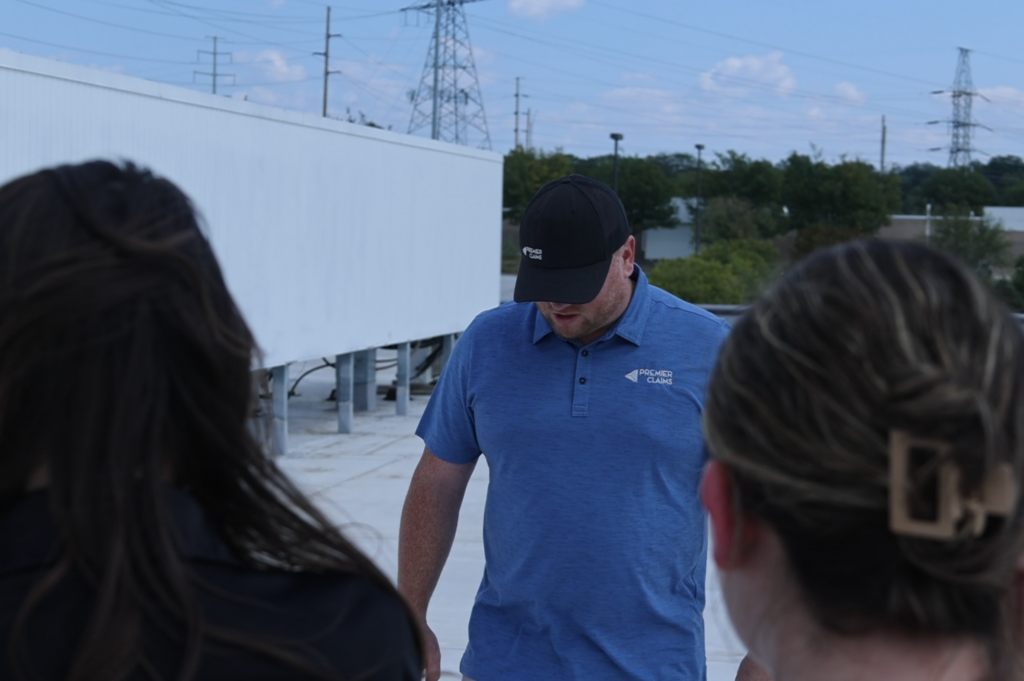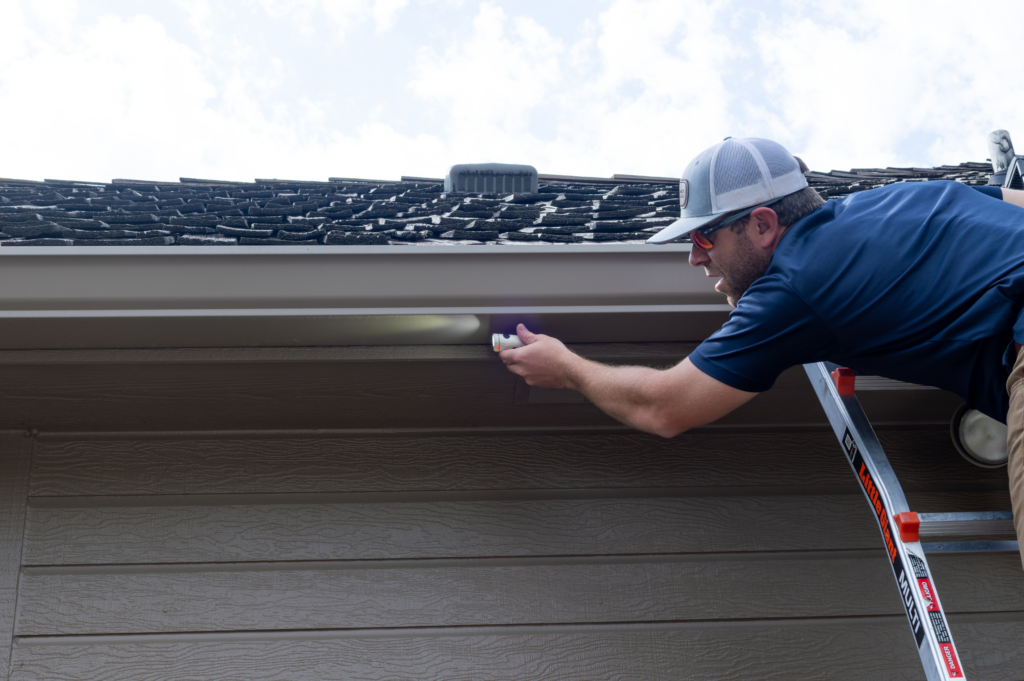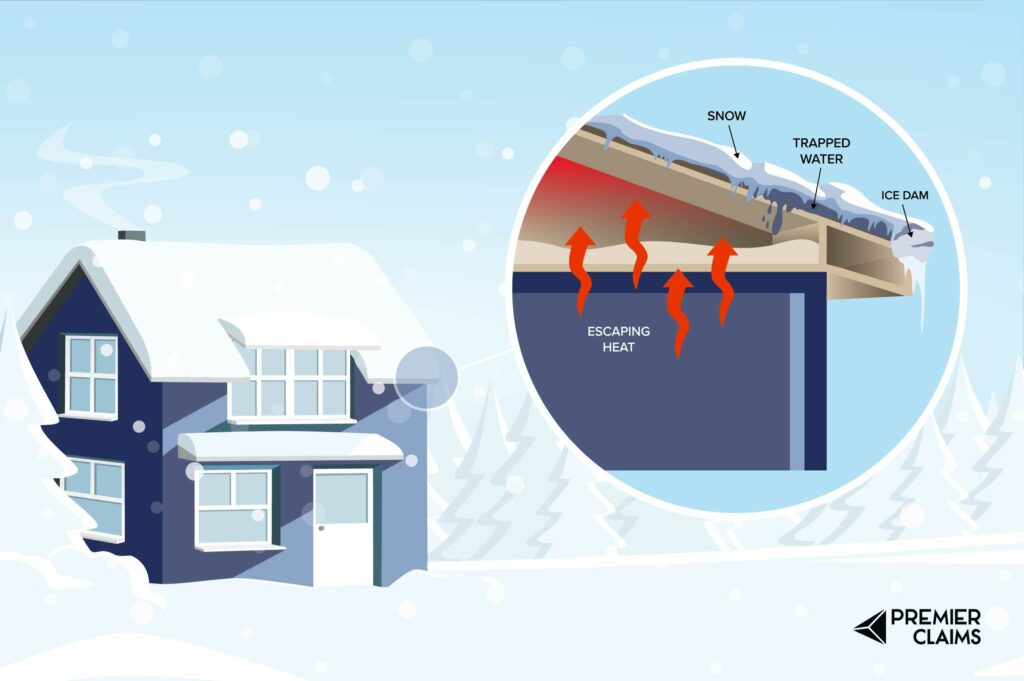As a commercial property owner or policyholder, understanding insurance deductibles is crucial for navigating the complexities of insurance coverage effectively. Explore the essentials of insurance deductibles, empowering you with the knowledge to make informed decisions and protect your valuable assets.
What Is an Insurance Deductible?
An insurance deductible is the amount of money you, as the policyholder, are responsible for paying out of pocket before your insurance coverage kicks in. It serves as your financial contribution towards the cost of a claim. For instance, if your property sustains damage and the total repair cost is $10,000 with a deductible of $1,000, you’ll need to pay the $1,000 deductible, and your insurance provider will cover the remaining $9,000.
Type of Insurance Deductibles
- Standard Deductible: A standard deductible is the most common type of deductible, where a fixed amount is specified in your policy.
- Percentage-Based Deductible: Instead of a fixed amount, a percentage-based deductible is calculated as a percentage of your property’s insured value. For example, if your property is insured for $500,000 with a 2% deductible, you’re responsible for the first $10,000 of any covered loss.
- Split Deductible: A split deductible refers to the practice of applying distinct deductible amounts to different types of damages within an insurance policy. This means that policyholders may have one deductible amount for one category of damage, such as wind or hail, and a separate deductible amount for another category, such as fire or theft.
Navigating Insurance Deductibles for Commercial Property Owners
Understanding insurance deductibles is vital for commercial property owners. These deductible amounts can significantly impact your financial responsibilities in the event of a claim. Therefore, it’s crucial to approach them with careful consideration.
Assess Your Risk and Financial Situation:
Before selecting a deductible, evaluate your risk tolerance and financial capability. Choosing a higher deductible typically leads to lower premiums but requires a greater out-of-pocket expense if you need to file a claim. Consider your ability to cover this expense comfortably.
Thoroughly Understand Your Policy:
Take the time to review your insurance policy in detail, paying special attention to the deductible provisions. Be aware of any specific deductibles for different types of risks or perils. Understanding these details upfront can prevent surprises and ensure you know what to expect in case of a claim.
Incorporate Deductible Costs Into Financial Planning:
When budgeting for property maintenance and repairs, factor in potential deductible costs. This ensures that you’re financially prepared for any unexpected expenses that may arise from filing a claim. By including these costs in your financial planning, you can avoid financial strain during the claims process.
Regularly Reassess Your Insurance Needs:
As your business evolves and market conditions change, it’s essential to periodically reassess your insurance needs, including deductible amounts. This ensures that you maintain adequate coverage to protect your commercial property effectively. Reassessing your insurance needs allows you to adjust your deductible amounts to align with your current risk profile and financial situation.
Tips for Effective Management of Insurance Deductibles:
In addition to understanding insurance deductibles, consider implementing the following strategies to optimize your coverage and minimize financial risk:
- Implement Risk Management Strategies: Take proactive measures to minimize the risk of property damage, reducing the likelihood of needing to file a claim.
- Maintain an Emergency Fund: Keep an emergency fund to cover unexpected deductible expenses, providing financial security and peace of mind.
- Prepare for the Claims Process: Familiarize yourself with the claims process in advance to streamline the resolution of any potential claims. Knowing what to expect can expedite the process and ensure a smoother claims experience.
- Seek Professional Guidance: Consider consulting with a reputable public adjuster to gain insights into deductible options and maximize your coverage benefits. They can provide tailored guidance based on your specific circumstances and help you make informed decisions regarding your insurance coverage. Learn more about what a public adjuster is in our blog: What is a Public Adjuster?
Insurance deductibles play a pivotal role in commercial property insurance, shaping coverage options and financial responsibilities for policyholders. By understanding the nuances of insurance deductibles and implementing proactive risk management strategies, commercial property owners can safeguard their assets effectively and navigate the insurance landscape with confidence.
For further guidance tailored to your specific insurance needs, don’t hesitate to reach out to our team of experts at Premier Claims. We’re here to empower you with knowledge and support you need to protect what matters most.






